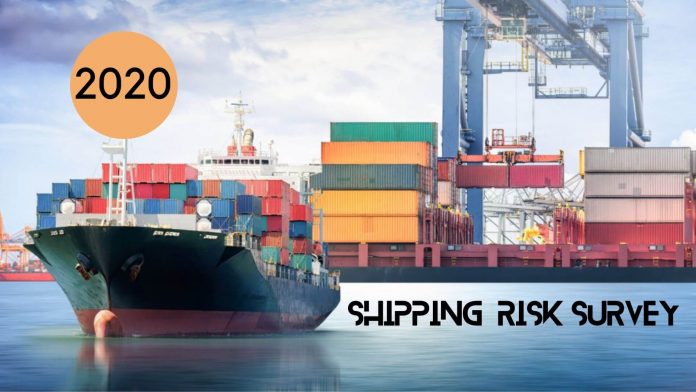
(www.MaritimeCyprus.com) Traditionally, maritime risks have been relatively predictable such as human error, mechanical failures and natural disasters. The continual growth of international trade and the introduction of new technologies mean that shipping industry risks are evolving fast. But is risk management within the sector evolving to meet these challenges? The industry’s recent experiences, for example in managing the grounding of mv Ever Given in the Suez Canal and the COVID-19 pandemic, demonstrate significant embedded resilience within the sector.
However this does not mean that there are not opportunities to improve risk management practices in the shipping industry. BDO’s 2020 shipping risk survey results showed that where shipping industry leaders may once have viewed risk management as a box ticking exercise, COVID-19 has forced them to become more hands on, with an increasing number of senior managers becoming more actively involved in day-to-day risk management activities. However, a high percentage of survey respondents reported that while risk discussions are taking place, they are not being formalised or documented.
Some businesses in the shipping industry do not yet have a sufficiently well-embedded approach to risk management, and they need to do much more so as to formally identify, evidence and reduce their exposure in practice.
The pandemic has tested risk management processes across all industry sectors. Lessons are being learned and questions are now being asked regarding the fitness for purpose of systems and processes for risk management.
To effectively respond to risk, frameworks for risk management should be:
- Dynamic and up-to date: Risk registers are not just to be updated for board review as a tick box exercise. They should be reviewed and updated regularly both in terms of new, changing and emerging risks; and changes to mitigation activities and their effectiveness.
- Embedded and used: Risk management needs to happen in action as well as on paper. Processes should be embedded within management and used to inform decision-making.
- Joined up and consistent: Top-level risk management processes should be accompanied by consistent processes for managing risk at an operational level. There should be clear processes for escalating risk upwards as its importance increases.
A documented and embedded risk management framework is crucial for those operating in the shipping industry. By demonstrating and evidencing the effective consideration and management of exposures businesses can enhance their attractiveness to risk-conscious investors as well as to other industry stakeholders such as charterers, financiers, and insurers.
Traditionally risk assessment has focused on two variables. These are the impact of the risk event (often measured in financial terms) and the likelihood of the risk occurring. We are now starting to see a discussion around a third variable in assessing risk – velocity.
Risk velocity measures how fast an exposure can impact an organization. It is the time that passes between the occurrence of an event and the point at which the organization first feels its effects.
Whether or not businesses in the shipping industry are building an assessment of risk velocity into their formal risk rating mechanisms, it is important to take into account how fast the impacts of risks will be felt by the organization. As a minimum, this will help businesses prioritize risk mitigation efforts by understanding how long they have to react.
For more details download the full report below:
Source BDO














